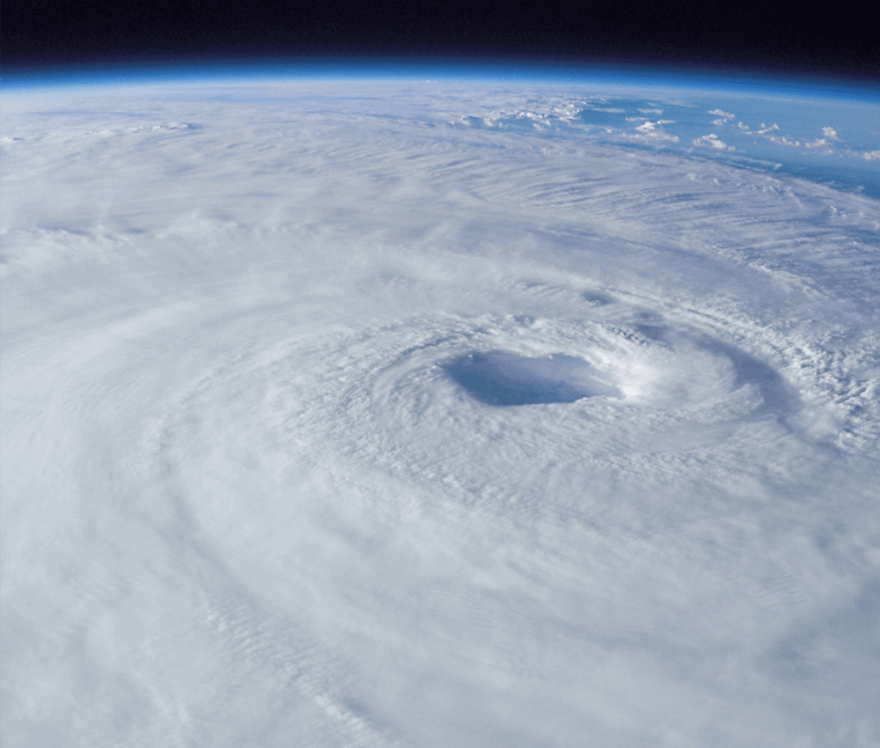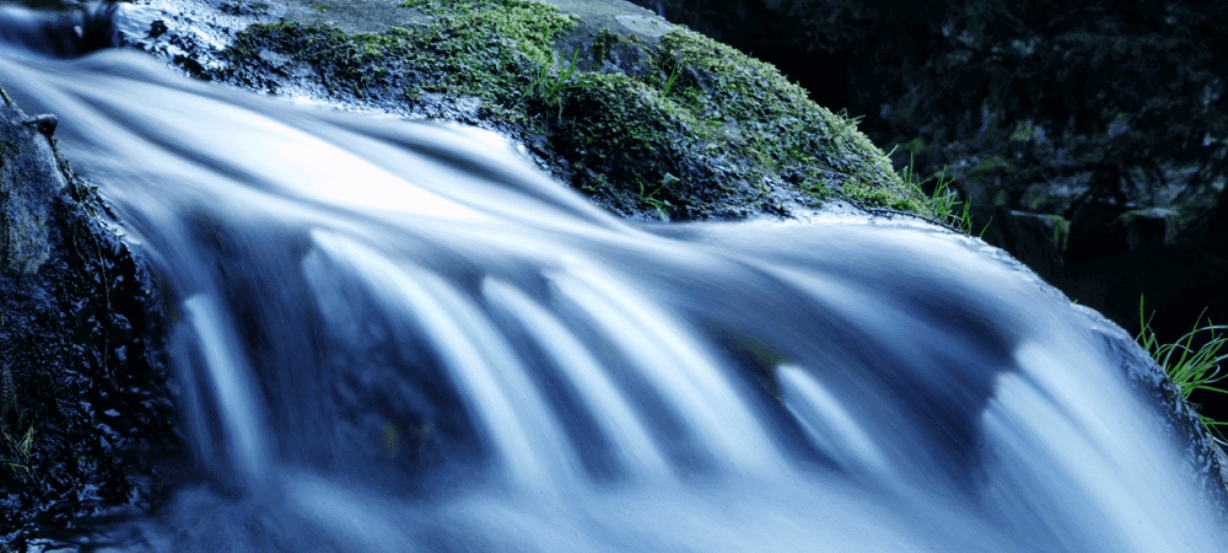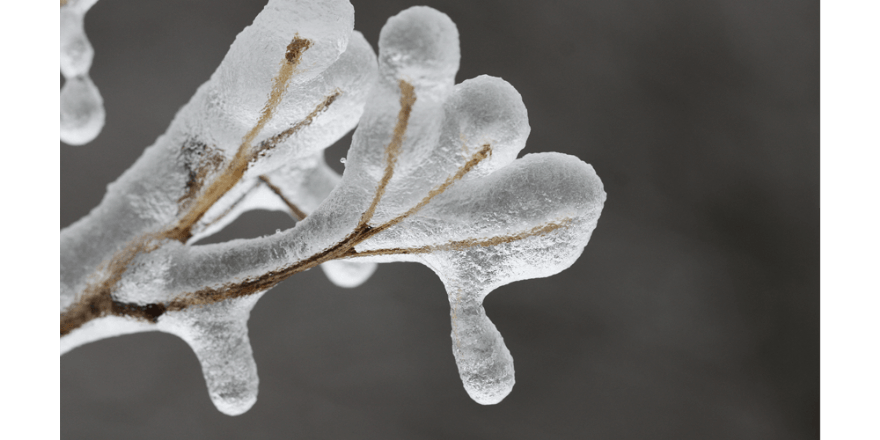Wherever it rains or snows – a flood can occur.
New Jersey isn’t just resort cities and towns. As history shows, New Jersey has had its fair share of severe rain, snow and major hurricanes – all resulting in severe flooding.
With a number of rivers throughout the state and with the Atlantic Ocean bordering a significant amount of New Jersey’s coastline, its no wonder major flooding has occurred over the past several years.
However, did you know your flood insurance risk isn’t based on history?
It is based on numerous things including present weather patterns,
natural changes in the environment, and recent growth within the communities.
Main Causes of Flooding in New Jersey

Hurricanes & Tropical Storms
Most major floods in New Jersey’s history are generally the result of either a hurricane or tropical storm. Storm surges and large waves produced by these types of storms pose the greatest threat to coastal states, as well as the prolonged periods of heavy precipitation. This type of weather can cause major flooding in the coastal areas, as well as further inland as the storm moves on shore.
The worst storm in New Jersey’s recent history was Hurricane Sandy. Sandy hit New Jersey on October 29, 2012 making landfall near Atlantic City. A full moon made the tide 20% higher than normal, which resulted in an amplified storm surge. Streets were flooded, trees and power lines knocked down and the city’s famed boardwalk was ripped apart.
- A 13-foot storm surge hit the Jersey shore on October 29, 2012
- The storm resulted in about $30 billion in damage, making it one of the costliest natural disasters on record in the United States
- At one point, Sandy’s hurricane-force winds (at least 74 mph) extended up to 175 miles (280 kilometers) from its center, and tropical storm-force winds (39 mph) out to 485 miles (780 km)
Other Hurricanes:
- Hurricane Connie and Hurricane Diane: (September 2008)
- Hurricane Donna: (September 1960)
- Hurricane Irene: (August 2011)
Flash Flooding and River Overflow
Major river floods are second only to coastal storms when it comes to flooding in New Jersey. Hurricane Connie was downgraded to a tropical storm before it impacted New Jersey in 1955. However, it still caused chaos and was quickly followed by hurricane Diane (just five days later). The two storms combined triggered the worst flooding on record along the Delaware River. More recently, Hurricane Floyd in 1999 caused record floods at the Raritan River, Rahway River, Millstone River and Saddle River. The hardest hit was the Raritan River in Bound Brook, which rose to a height of 42 feet, five feet above the previous record height.
Record River Overflow:
- Raritan River (1999) – 14 feet above flood stage
- Passaic River (1903) – 16 feet above flood stage
- Delaware River (2005) – 12 feet above flood stage


Snow Melt & Ice/Debris Jams
Flooding due to snowmelt happens when rapidly warming temperatures quickly melt the snow. The melted water runs off the already saturated ground and into nearby streams and rivers, causing them to rapidly rise and, in some cases, overflow. According to Dave Robinson, the New Jersey state Climatologist at Rutgers University, 12 days after the blizzard of 1996, New Jersey had rain. Temperatures in the 50’s melted almost 2 feet of snow in only 12 to 18 hours, causing significant flooding throughout the state.
Another example was in 1996 when heavy rains, mild temperatures, and rapid snowmelt caused serious flooding in the Delaware River Basin. At Belvidere, New Jersey, the river rose over six feet in less than 30 minutes. Water levels exceeded flood stage by nearly seven feet at Riegelsville, New Jersey and over five feet at Yardley, Pennsylvania.
Dam Breaks/Levee Failure
There are more than 1,500 dams in New Jersey, which are classified into three general hazard potential categories.
The majority of dams in New Jersey fall into a low hazard category. If these dams were to fail, it would not cause much (if any) damage at all.
However, according to the Department of Environmental Protection (DEP), 556 dams (more than one-third) fall into either significant hazard
(failure could lead to significant property damage) or high hazard (failure could lead to both significant property damage and potential loss of life).
But due to “security concerns resulting from the 9/11 attacks,” the DEP has not published a full list of high and significant hazard dams in New Jersey.
Though the state has never experienced a catastrophic dam failure, many New Jersey dams are not up to current standards.
However, with 500 storms a year becoming more common, it may only take one large storm to cause a major dam disaster.
Contact Us Today
Looking for a Quote?

